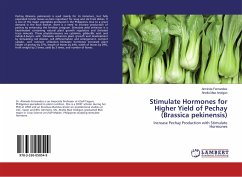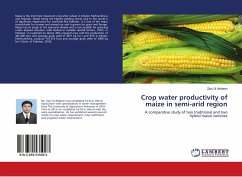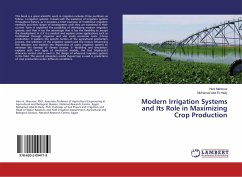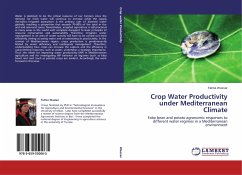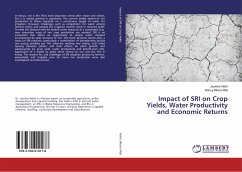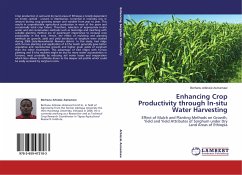Tillage, water and nutrients are the most crucial monetary inputs for crop production. Out of these, tillage is necessary for getting the optimum soil tilth for better seed and soil contact for its proper germination and crop establishment. Traditionally, maize, soybean and wheat are grown after 3-4 tillage operations depending on soil type. The conventional practice of excessive tillage not only deteriorates soil structure, which is very difficult to regenerate, but also involves high amount (25-30%) of the total operational energy in maize and wheat production.Conservation tillage practices, such as zero and minimum tillage and permanent raised beds combined with straw mulching, may offset the production costs and other constraints associated with land preparation. There is an urgent need to reduce the cost of cultivation and increase profitability by developing and adopting reduced tillage technologies. The present study was therefore, planned to determine the effect of different tillage, raised bed planting and straw mulch on growth, yield, water use efficiency and economics of irrigated soybean-wheat and maize-wheat system under the climatic conditions of NW India.
Bitte wählen Sie Ihr Anliegen aus.
Rechnungen
Retourenschein anfordern
Bestellstatus
Storno


